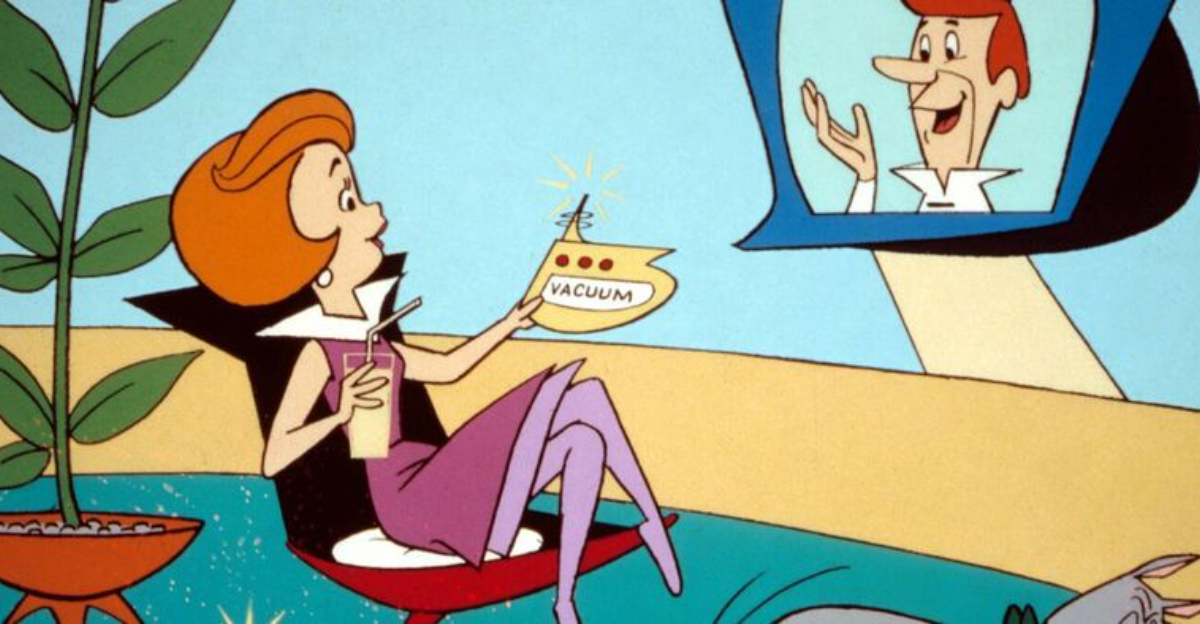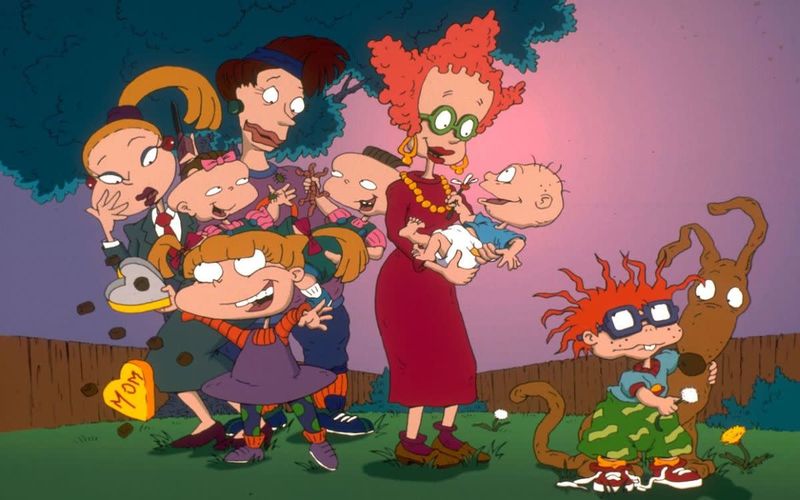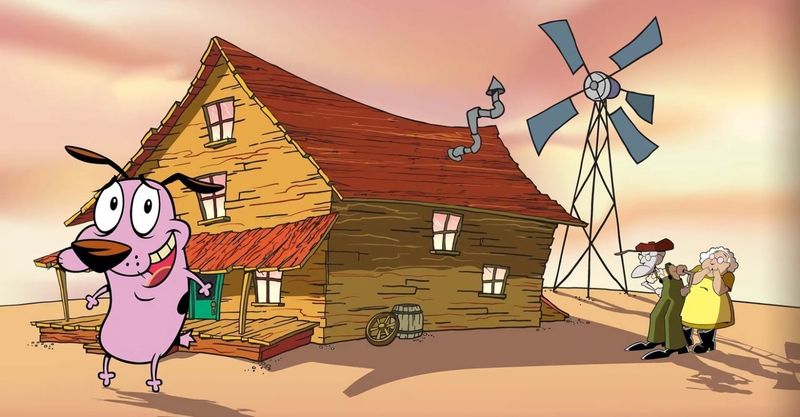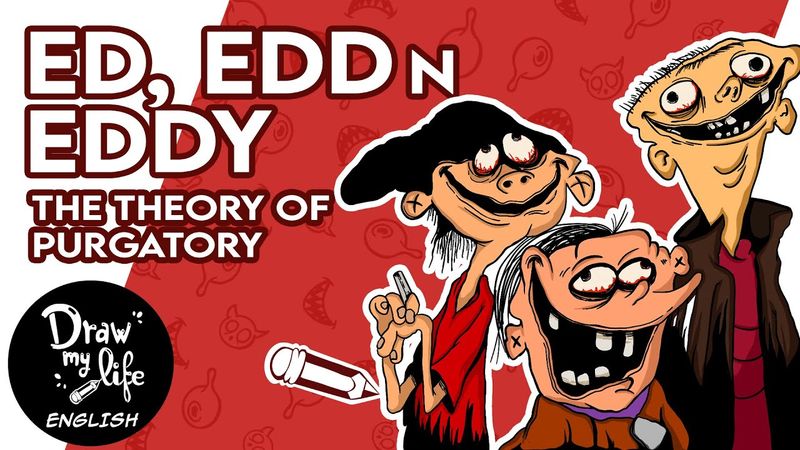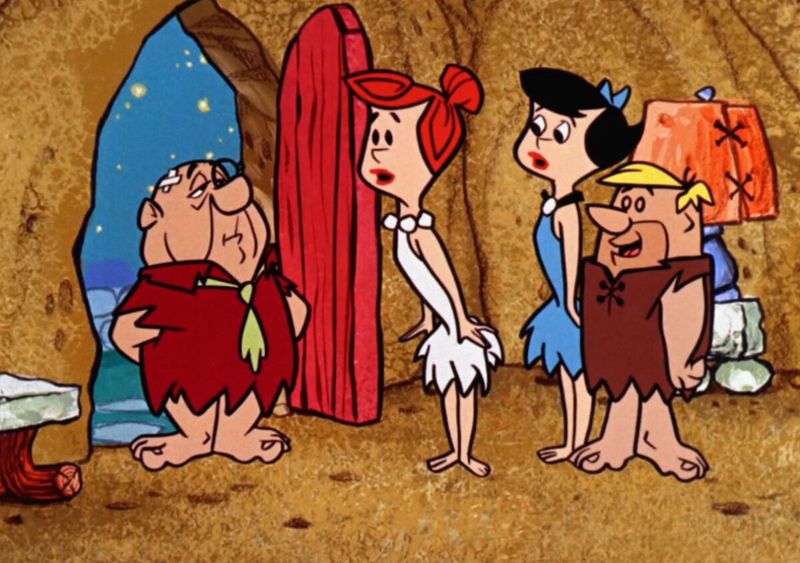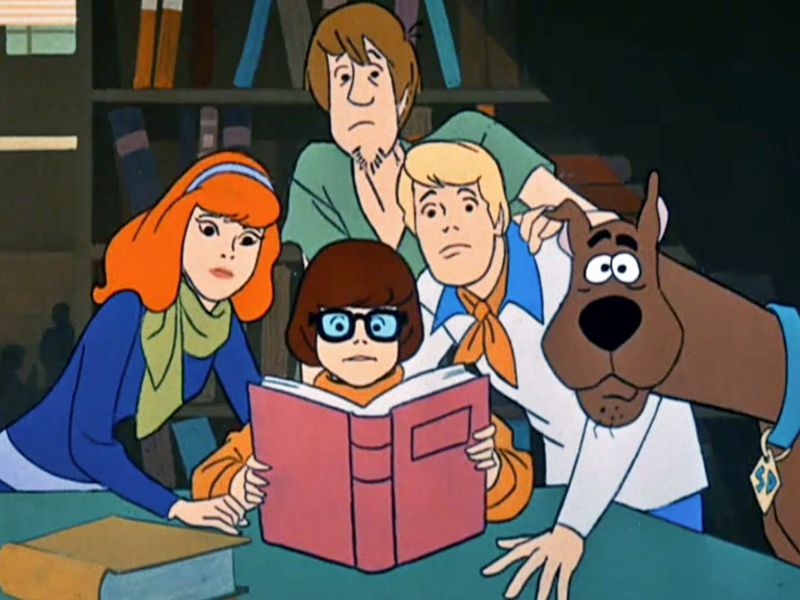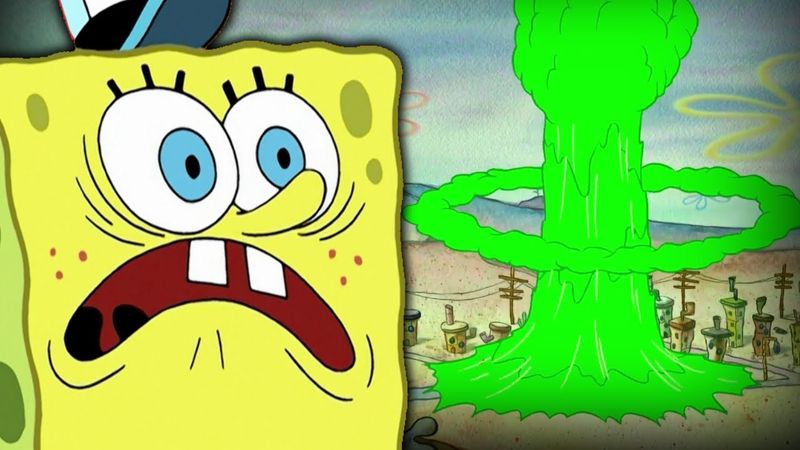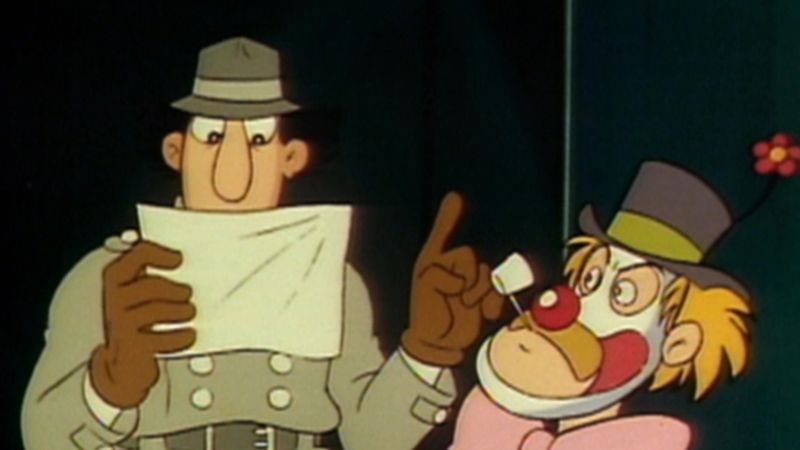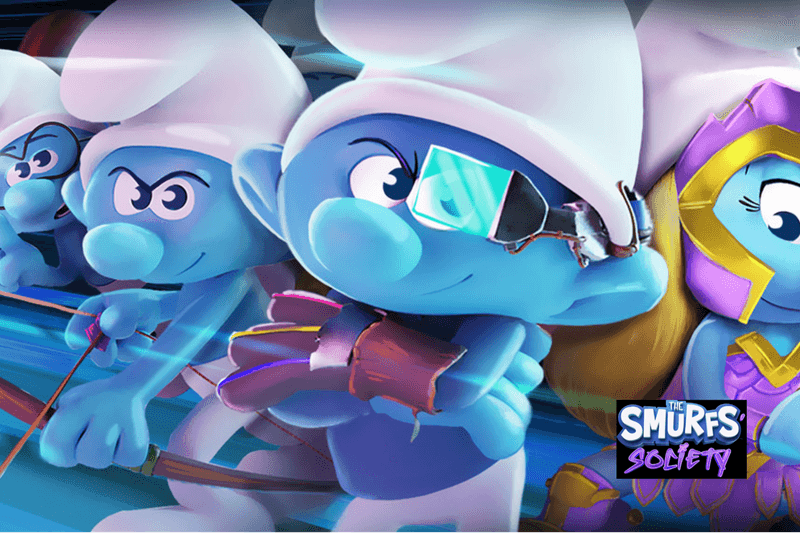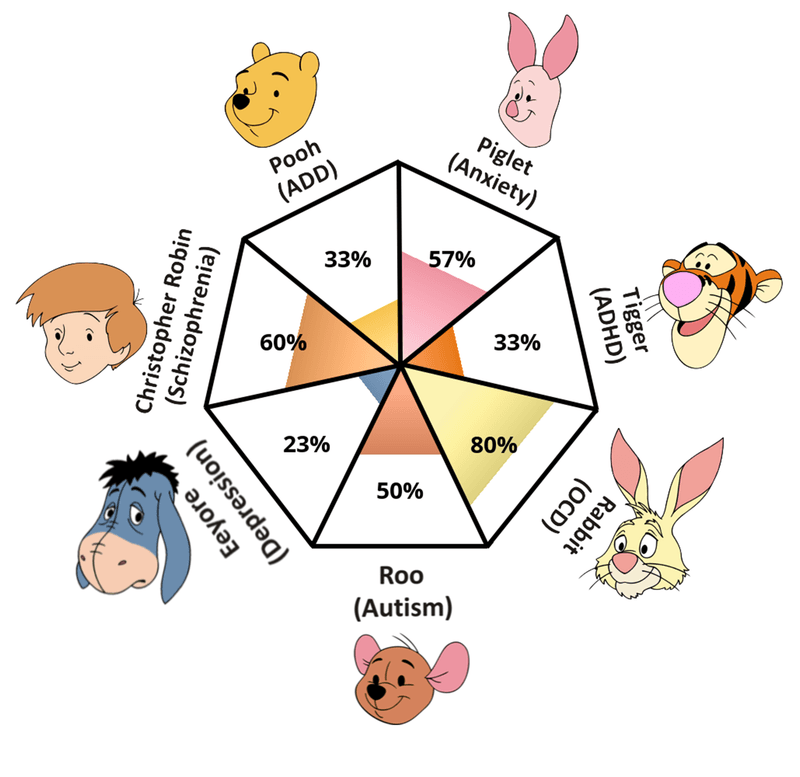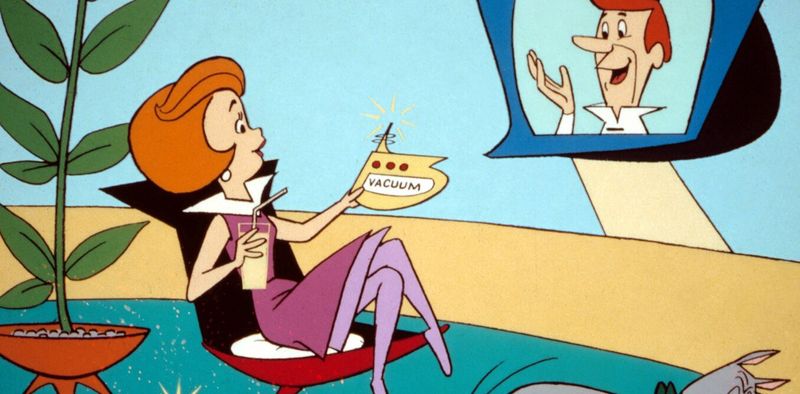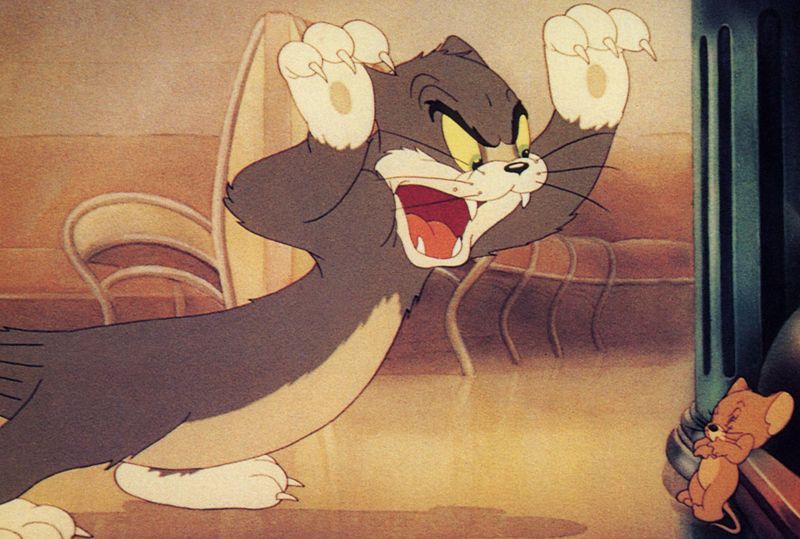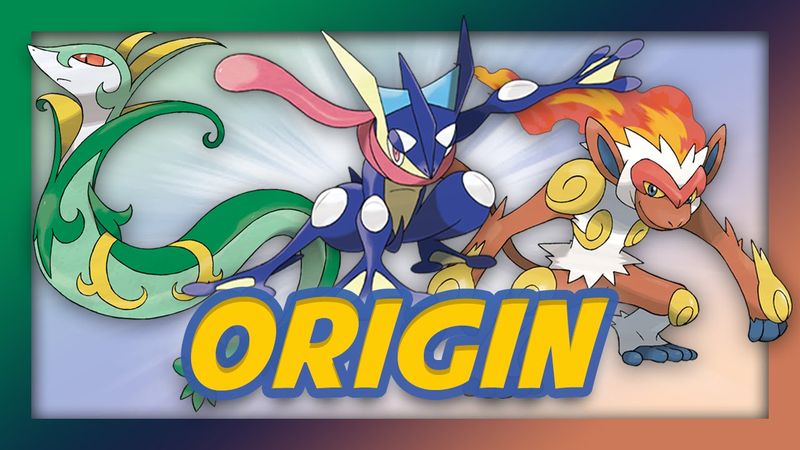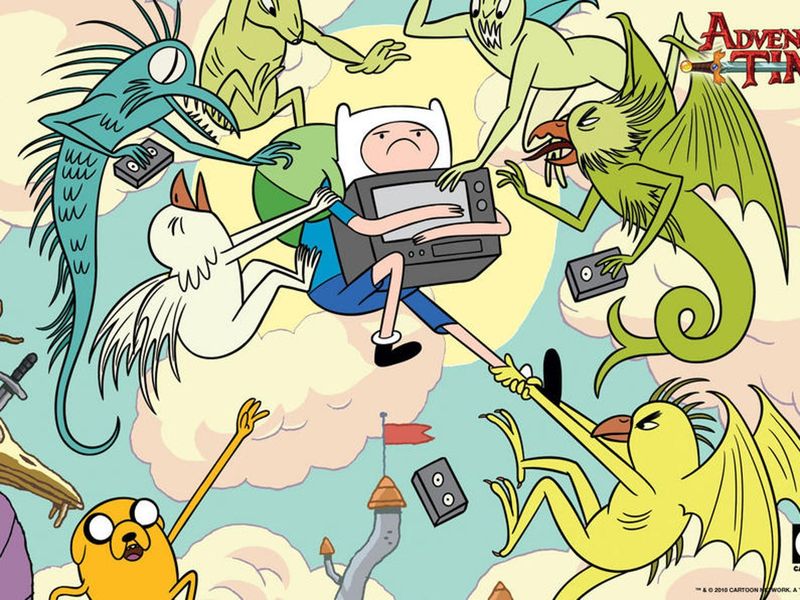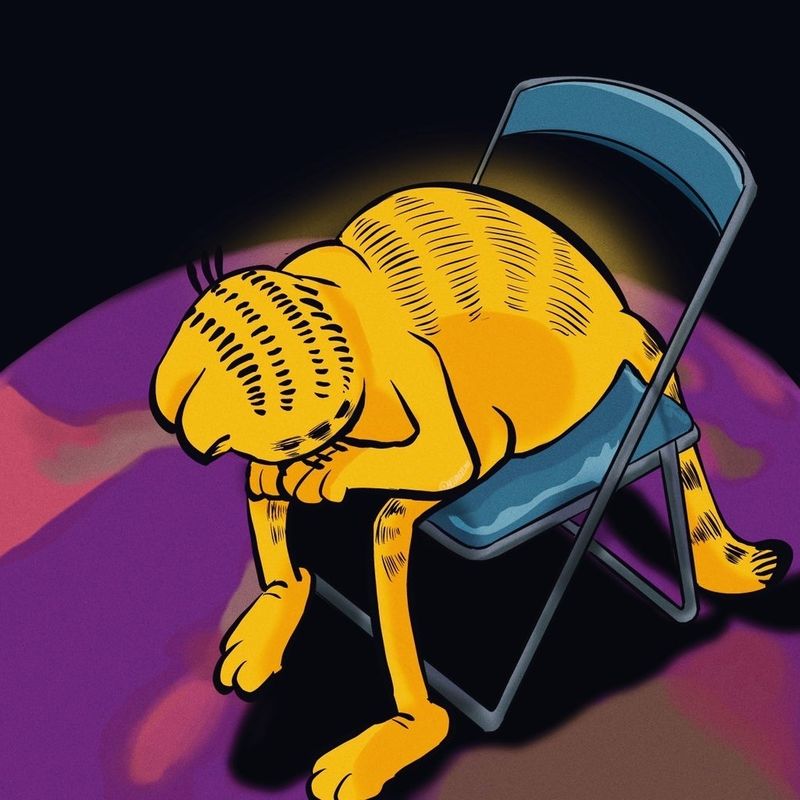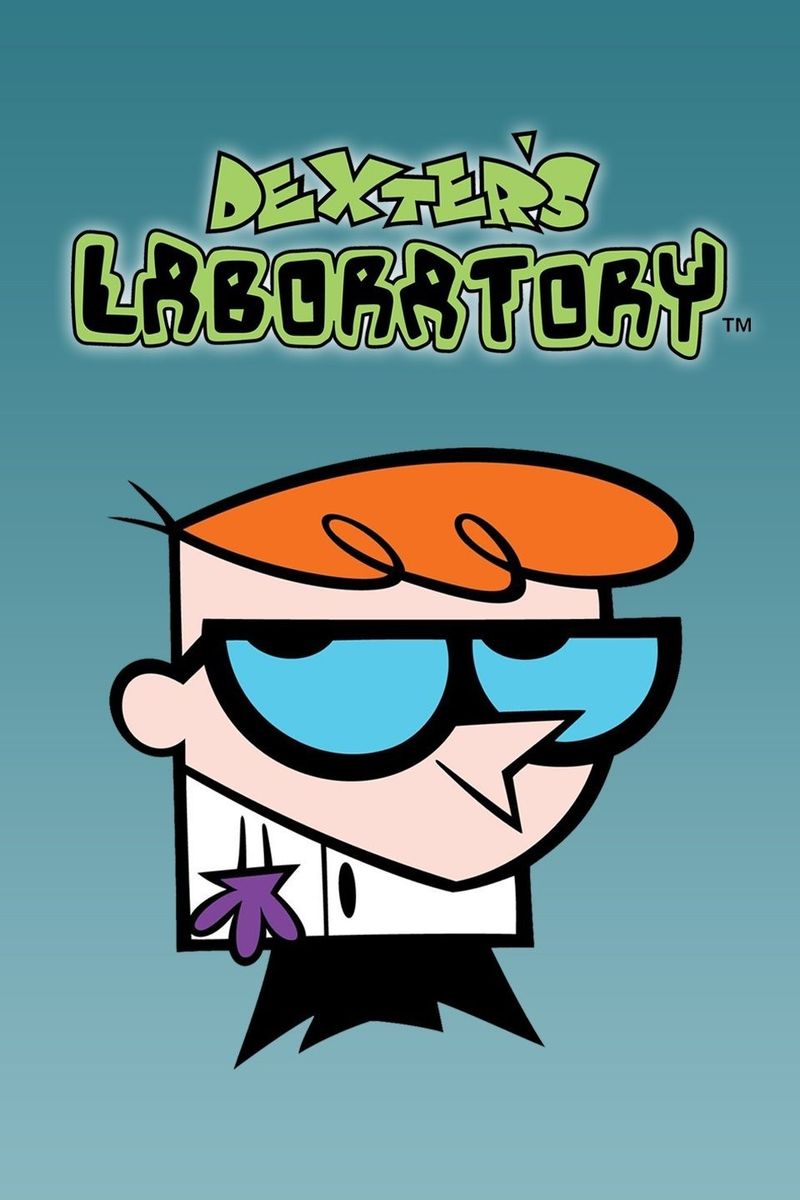Many of us grew up watching classic cartoons, unaware of the chilling theories that lie beneath their playful exteriors.
These theories unravel dark secrets and hidden meanings, transforming the innocent shows of our childhood into thought-provoking mysteries.
From beloved characters harboring secrets to intricate plotlines with mysterious undertones, these theories will forever change the way you perceive your favorite old-school cartoons.
Whether you are a nostalgic fan or a curious reader, these insights provide a fresh perspective on stories you thought you knew.
1. Rugrats Conspiracy
The theory suggests that all the babies in ‘Rugrats’ are figments of Angelica’s imagination. This explains why she can seemingly communicate with them.
According to the theory, Chuckie died along with his mother; this is why his father is a nervous wreck. The DeVilles had an abortion, and Angelica didn’t know if it was a boy or a girl, thus creating the twins.
This haunting perspective opens questions about Angelica’s psyche and the dynamics of her interactions. The darkness hidden within the colorful episodes gives ‘Rugrats’ a new and eerie depth.
2. Courage the Cowardly Dog’s True Setting
According to this unsettling theory, Courage, the timid dog, does not live in isolation. The farmhouse exists in the real world, surrounded by normal people and bustling cities.
However, Courage sees the world as a terrifying place because of his extreme anxiety, causing him to perceive everyone as monsters. His owners, Muriel and Eustace, appear unaware of the true nature of the world outside their home.
This interpretation of the show’s atmosphere casts a spotlight on themes of fear and perception, offering a new understanding of Courage’s world.
3. Ed, Edd n Eddy Purgatory
This theory posits that the characters in ‘Ed, Edd n Eddy’ are actually dead and trapped in a form of purgatory. The endless summer setting in the cul-de-sac is said to symbolize their afterlife.
Each child represents a different era, showcasing clothing and mannerisms from various decades. The absence of adults and the repetitive nature of their days is explained by this eerie theory, offering a chilling narrative beneath the antics of the Eds.
The purgatorial setting adds a layer of mystery and sadness to the otherwise light-hearted show.
4. The Flintstones’ Post-Apocalyptic World
One theory suggests that ‘The Flintstones’ is set in a post-apocalyptic future where humans have reverted to Stone Age technology. This theory arises from the presence of modern inventions, albeit made from stone and wood.
The show depicts remnants of a world destroyed by a cataclysmic event. Observant fans note the occasional appearance of modern objects in the show, which supports this idea.
This chilling twist implies that the caveman antics are a survival adaptation in a world that has lost its technological progress, offering a profound rethinking of Bedrock’s society and lifestyle.
5. Scooby-Doo’s Hallucinations
A darker theory surrounding ‘Scooby-Doo’ suggests that the gang’s adventures are the result of hallucinations. Scooby and Shaggy, known for their constant hunger, are believed to be experiencing the side effects of substance use.
This theory proposes that the monsters are merely people they encounter while under the influence. The mystery-solving is a figment of their impaired imagination.
This idea provides a sinister twist to the beloved franchise, transforming innocent investigations into a tale of troubled youth and imagined dangers, casting doubt on the reality of their escapades.
6. SpongeBob’s Nuclear Origins
The theory claims that Bikini Bottom is situated beneath a real-life nuclear test site, Bikini Atoll. This explains the bizarre and vibrant marine life. Characters like SpongeBob and his friends are seen as mutants resulting from radiation exposure.
The show’s surreal humor and oddities are seen through this lens as symptoms of genetic mutations.
This interpretation gives the whimsical underwater adventures a much darker origin story, suggesting that the residents of Bikini Bottom are the product of humanity’s destructive past, raising questions about environmental awareness.
7. Inspector Gadget’s Dual Identity
In this chilling theory, Inspector Gadget is actually a cyborg created to replace a detective who died. The twist is that Dr. Claw, his nemesis, is believed to be the real Inspector Gadget, who survived an accident but was left disfigured.
This theory suggests the dual identity and ongoing vendetta drive the series’ narrative. The idea of a man battling his own replacement adds a complex layer to the show’s dynamic.
This unsettling plot twist redefines the nature of Gadget’s missions, transforming a comedic adventure into a tragic tale of identity and rivalry.
8. The Smurfs’ Dystopian Society
This theory presents the Smurfs as living in a dystopian society under the control of Papa Smurf, who acts as a dictatorial leader. The Smurfs’ uniformity and lack of individualism are viewed as signs of a totalitarian regime.
Gargamel, the villain, is seen as a revolutionary trying to free them. The blue creatures’ communal lifestyle and hierarchical order are reinterpreted through this perspective, suggesting themes of oppression and resistance.
Viewing their idyllic village as a dystopia challenges the perception of their adventures, encouraging viewers to question authority and conformity.
9. Winnie the Pooh’s Mental Disorders
This theory analyzes the characters of ‘Winnie the Pooh’ as representations of different mental disorders. Pooh’s obsession with honey correlates with an eating disorder, while Piglet’s constant anxiety suggests generalized anxiety disorder.
Eeyore’s perpetual gloominess is linked to depression, and Tigger’s hyperactivity aligns with ADHD. This interpretation transforms the gentle tales into a psychological study of mental health, offering insights into each character’s behavior.
This understanding provides a compassionate lens on their quirks and challenges, inviting viewers to reflect on mental health issues portrayed through lovable, relatable characters.
10. The Jetsons’ Reverse Prequel
A popular theory suggests ‘The Jetsons’ and ‘The Flintstones’ exist in the same universe, with the Jetsons living above a dystopian Earth. Rather than the future, the Jetsons supposedly live parallel to the Flintstones’ time, but with advanced technology.
This explains the stark contrast between the two settings — one is a utopia in the sky, the other a regressed civilization below.
The theory presents a societal critique, imagining a world divided by class and technology. This adds a thought-provoking twist to both shows, connecting them in an unexpected timeline.
11. Tom and Jerry’s Dark Past
Some theorists argue that Tom and Jerry are not merely enemies but are forced to perform their roles due to a dark secret. The cat and mouse games represent a cycle of torment, with both characters trapped in an endless loop of conflict.
This theory suggests they are under a curse or punishment, compelled to continue their antics. The comedic chases and slapstick humor are thus viewed as a cover for a deeper tragedy, where both characters are victims of circumstances beyond their control.
It transforms their rivalry into a narrative of shared suffering.
12. The Real Origin of Pokémon
A chilling theory proposes that Pokémon are the result of genetic engineering experiments gone wrong. The world of Pokémon is seen as a place where scientists lost control, leading to the existence of these creatures.
The young trainers are depicted as unwitting participants in a larger scheme, capturing and battling Pokémon to maintain balance.
This reimagining of the Pokémon world casts a shadow over the seemingly innocent adventures, transforming them into a narrative about scientific hubris and ethical dilemmas. It encourages reflection on the consequences of genetic manipulation.
13. Adventure Time’s Post-Apocalyptic Setting
‘Adventure Time’ is often theorized to take place in a post-apocalyptic world known as the Land of Ooo. The whimsical setting is believed to be Earth after a catastrophic event, with characters and landscapes evolving from the aftermath.
This theory is supported by hints of devastation, like ruined buildings and technology. The charming characters and bizarre adventures are thus set against a backdrop of survival and rebirth.
This perspective enriches the narrative, blending fantasy with a haunting origin, urging viewers to see past the surface of playful adventures.
14. Garfield’s Existential Crisis
In a haunting interpretation, Garfield’s life is seen as a projection of his own loneliness and existential dread. The theory suggests that the cat is actually alone, and the interactions with Jon and Odie are figments of his imagination.
This transforms Garfield’s humorous lasagna obsession into a way to cope with isolation. The repetitive nature of his life in an empty house reflects themes of solitude and denial.
This existential perspective adds a layer of depth to the comic strip, transforming laughter into a contemplation of one’s existence and perceived reality.
15. Dexter’s Laboratory’s Secret
A theory about ‘Dexter’s Laboratory’ suggests that Dexter’s experiments are not entirely innocent. The lab is believed to house a dark secret behind a locked door. Some suggest it contains a failed experiment or a dangerous creation Dexter tries to hide.
This adds an element of suspense and mystery to the show’s narrative, turning Dexter from a simple genius into a more complex character guarding secrets.
The possible dangers lurking within his lab invite viewers to question the limits of scientific exploration and the morals of a child prodigy.
